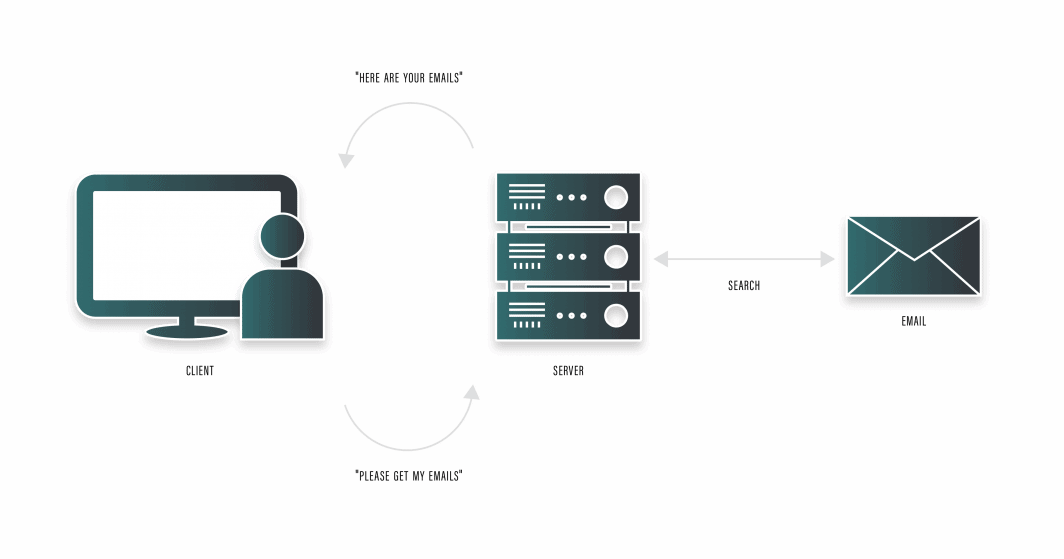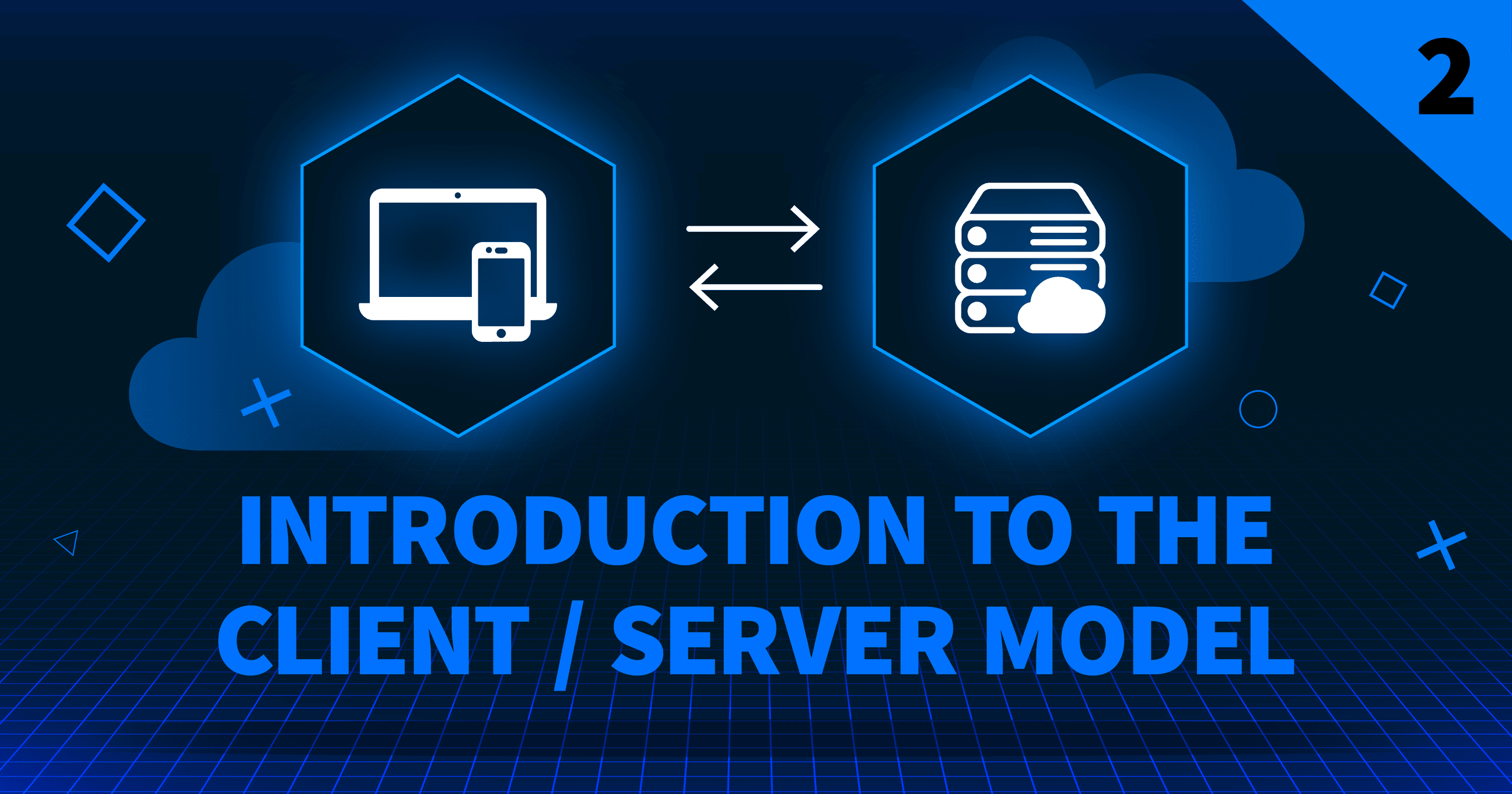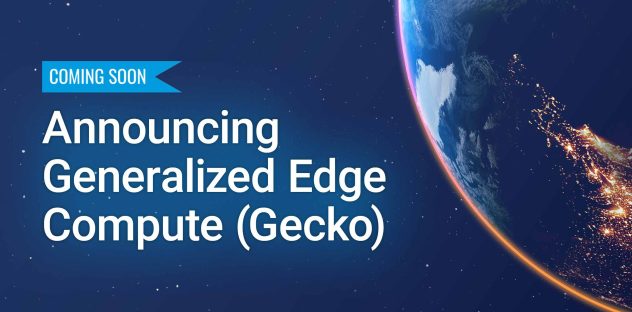This post is part of our Cloud Computing Foundations series. Build your skills further by taking our Introduction to Cloud Computing certification course.
In this post, we’ll take a closer look at the client/server model, a fundamental concept in cloud computing.
What is the Client/Server Model?
In the client/server model:
- a client sends a request to a server over a network;
- the server processes the request; and
- the server sends a response back to the client.

This model is the basis for cloud computing, and what enables developers to scale infrastructure up or down with minimal downtime or deploy applications in close proximity to end users.
Here’s how it works.
A client is an application that runs on a device like your laptop or smartphone, while a server is a device that provides services to the client. The client and server communicate over a network, and the client sends requests for data or services to the server, which then processes the requests and sends the data or services back to the client.
Example: If you have a Gmail account, all of your emails are stored in Google Cloud, and you connect to them through the internet from your computer. The client is our computer, which makes a request for our email through the internet. The request then goes to the email server located in Google Cloud. Google will fetch the emails and send the response back to your computer so you can read your email.

The client/server model is used to access cloud services, like computing power, storage, and applications. Clients can be anything from web browsers to mobile apps, and servers can be virtual machines, containers, or serverless functions.
Limitations
While the client/server model has many benefits, it has some limitations that can affect its performance, particularly during high traffic or demand periods. One of the most significant limitations of the client/server model is that a server can get overloaded with requests from clients, which can cause the server to slow down or even crash, resulting in downtime or errors. If you use a serverless model, however, traffic can be re-routed to avoid overload.
Build the skills to succeed in cloud computing by taking our Introduction to Cloud Computing certification course.






Comments